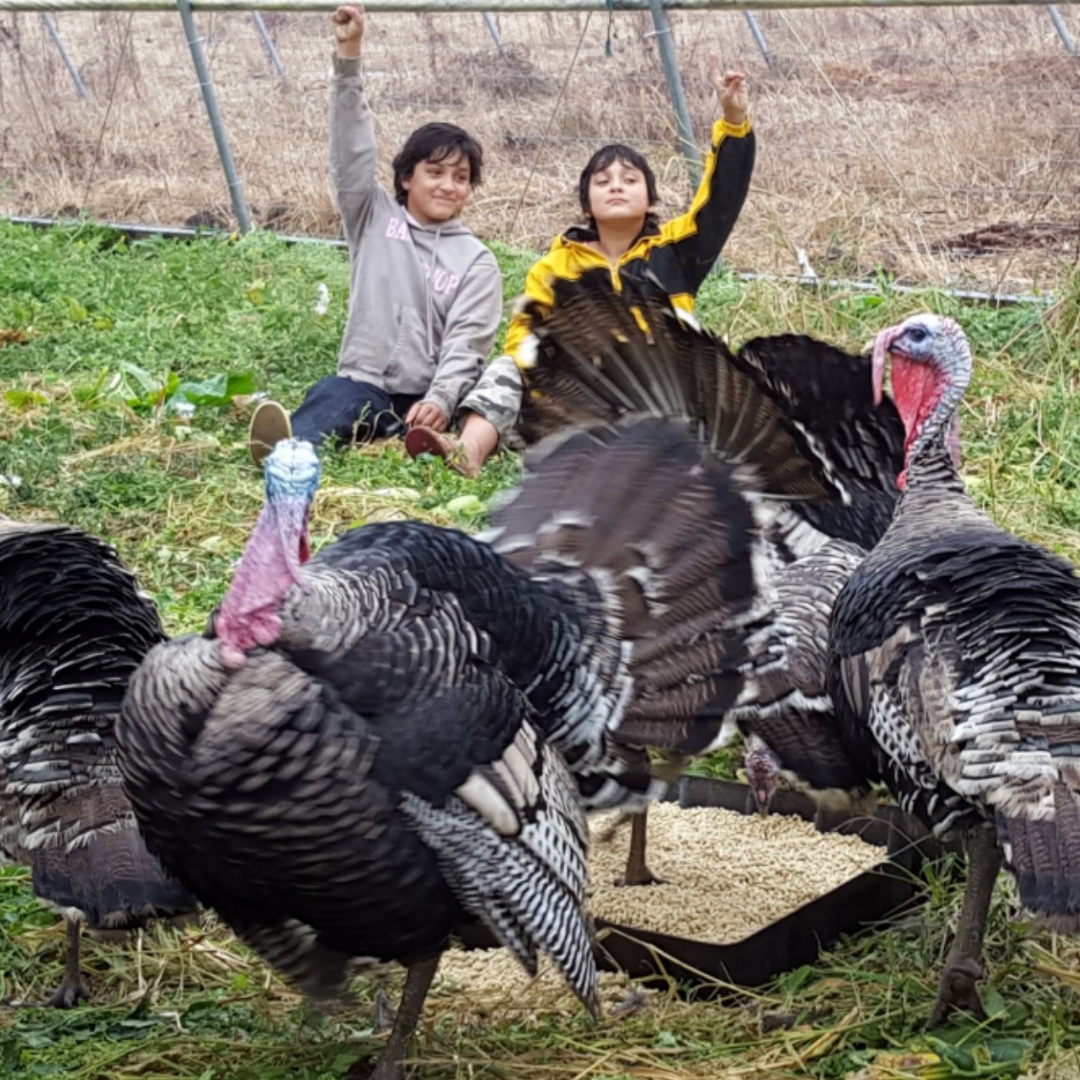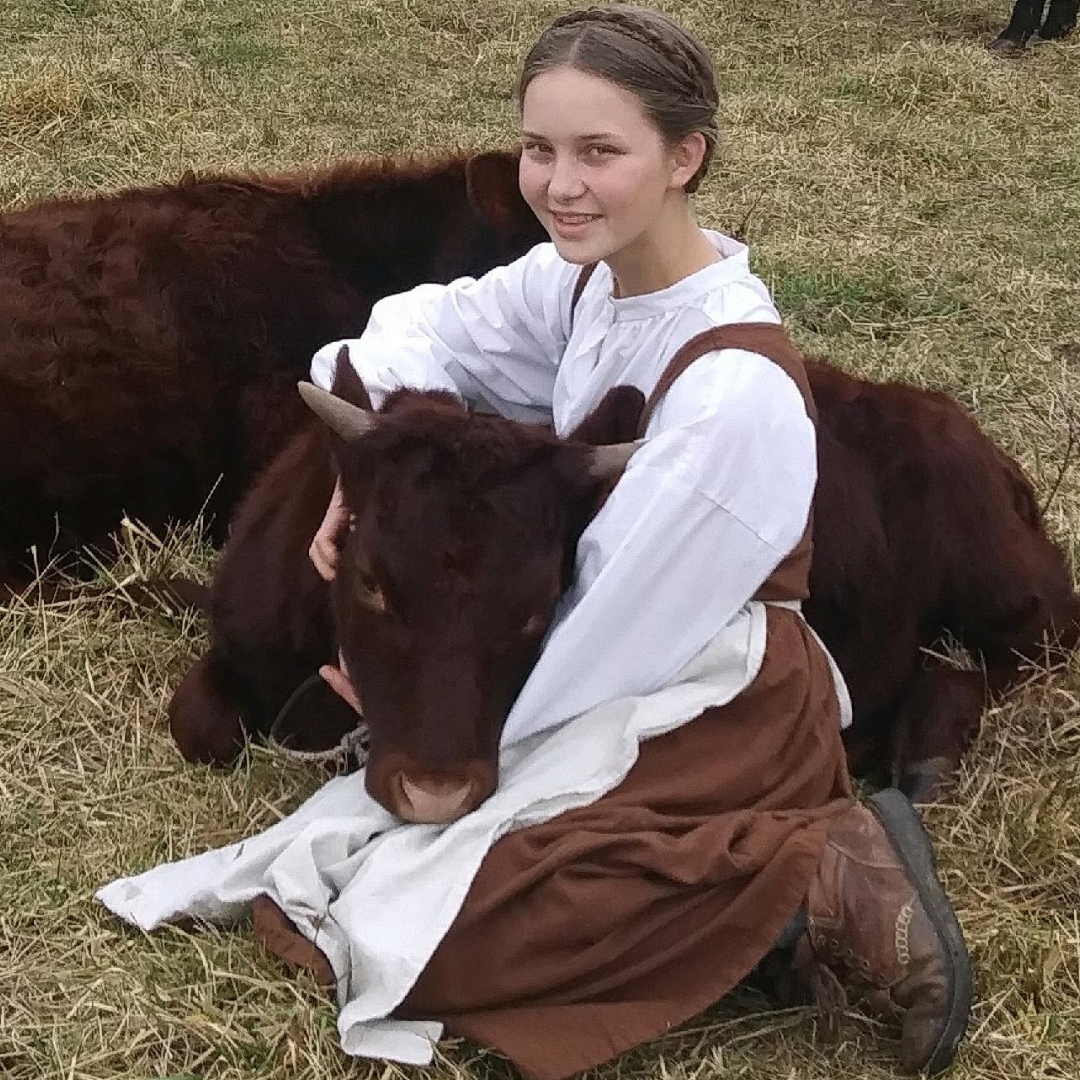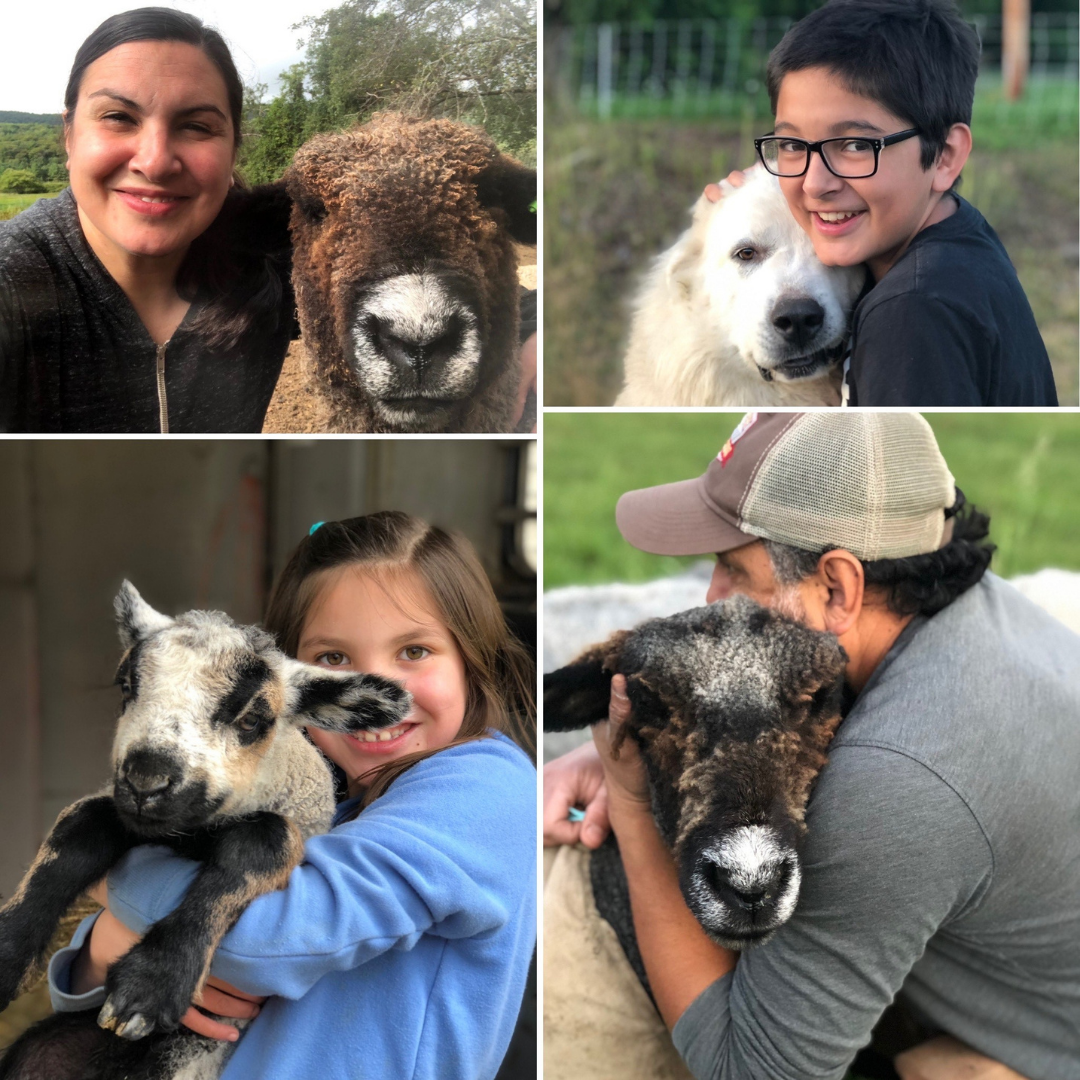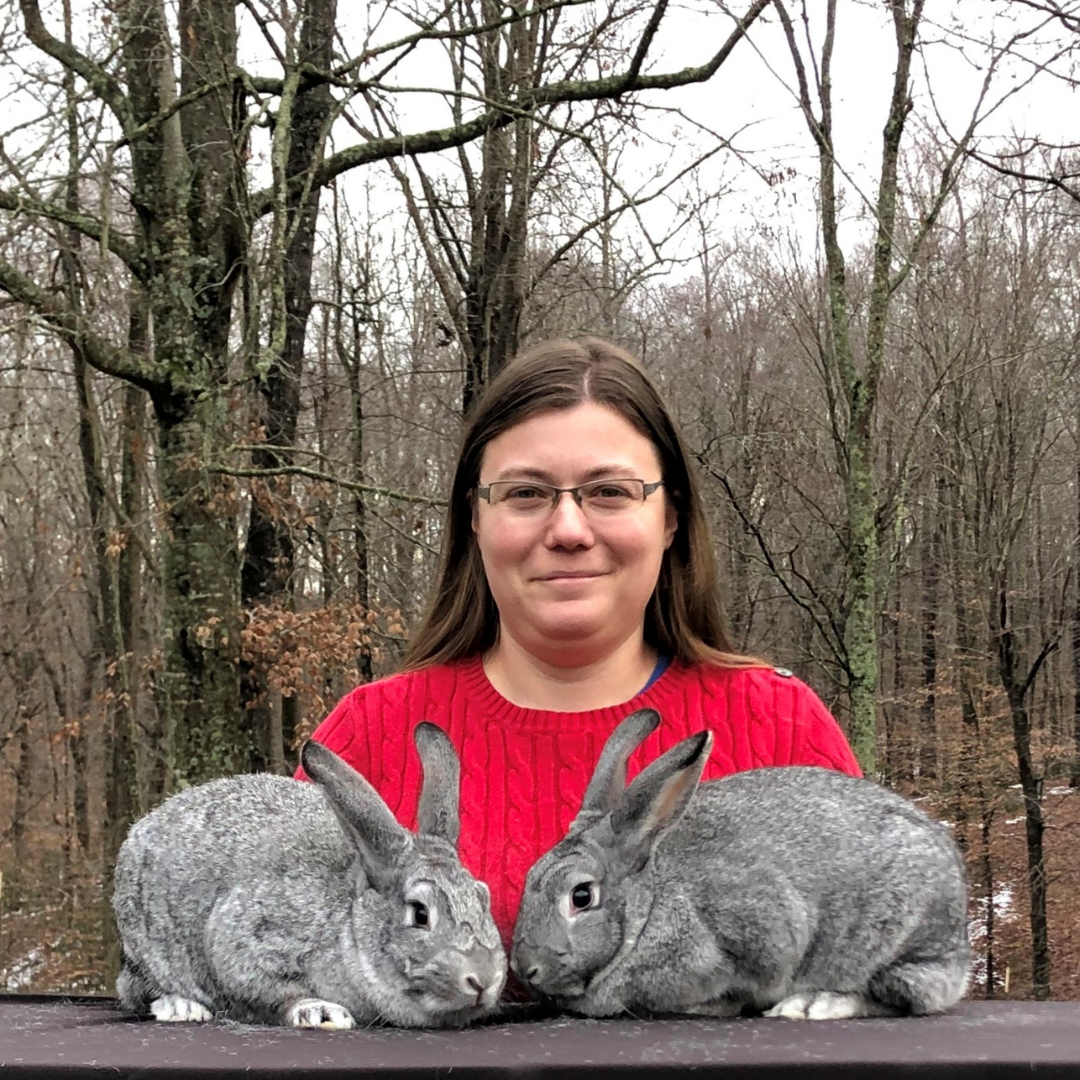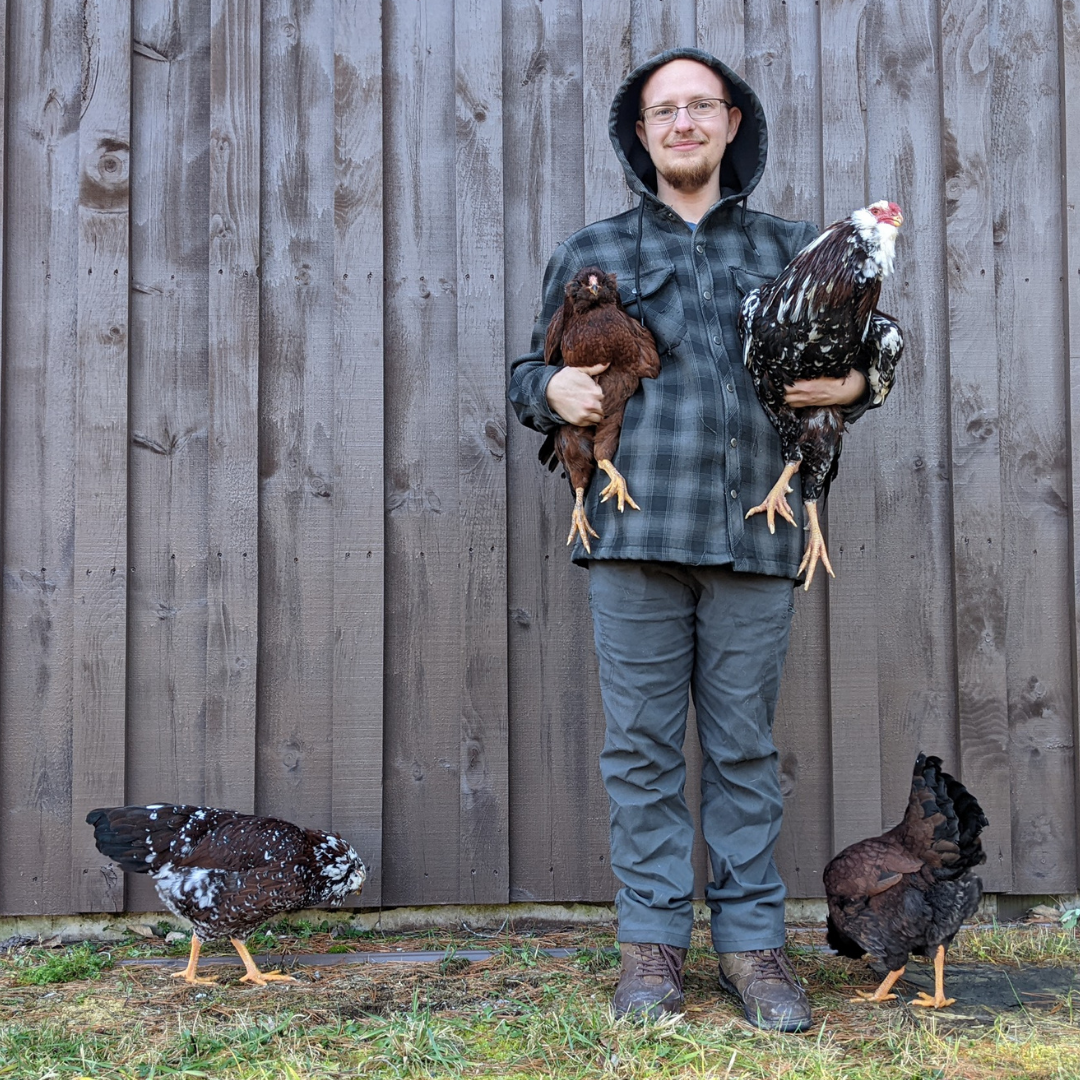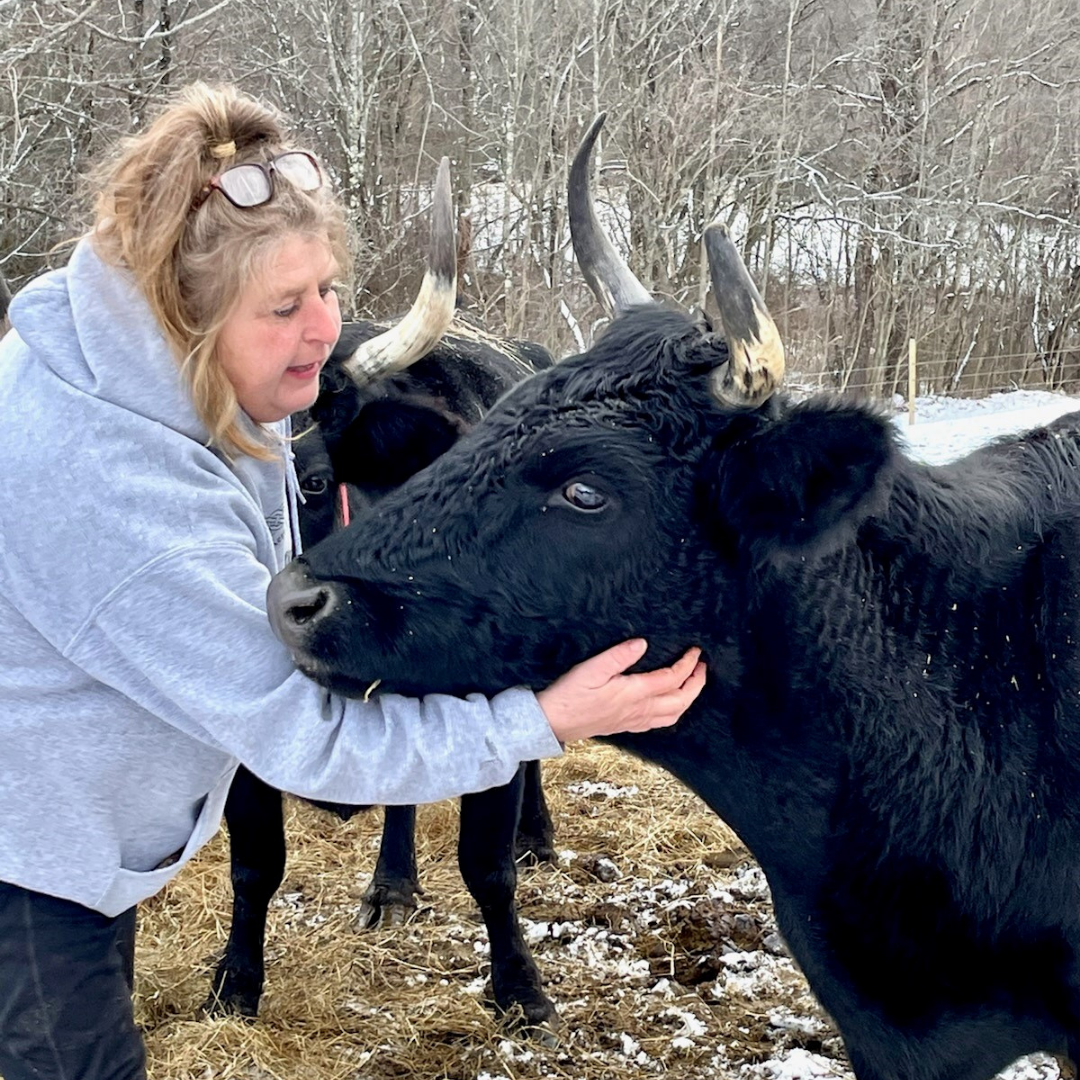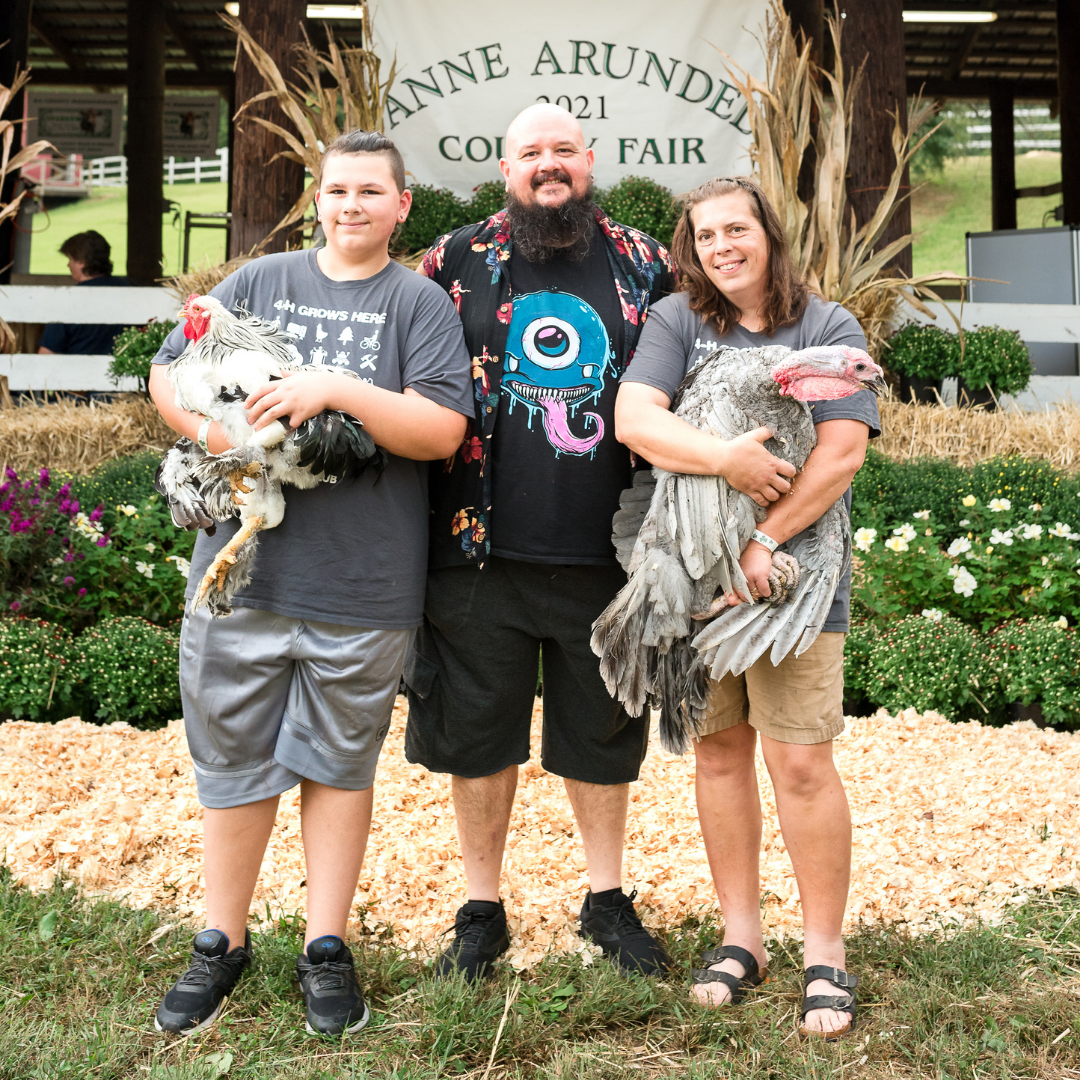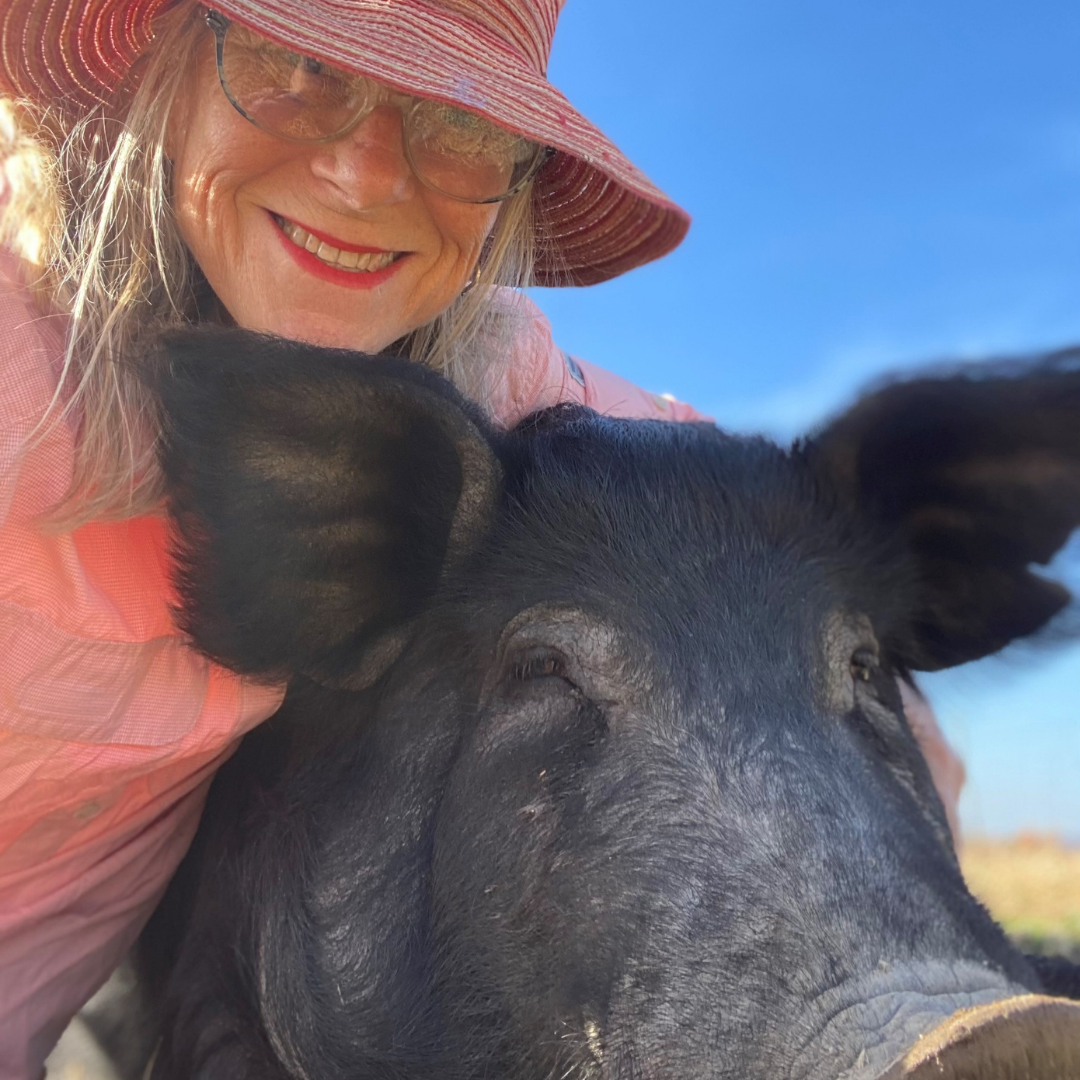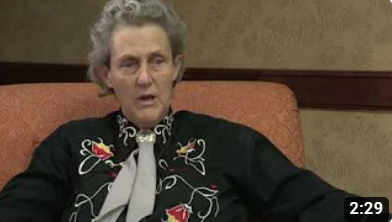The Livestock Conservancy is excited to award more than $22,000 to 12 rare breed farmers, ranchers, shepherds, and breed organizations across the country. Now in its fourth year, The Livestock Conservancy Microgrants Program puts funding into the hands of our most important conservation partners – the people doing the hard work day after day to steward these genetic treasures for the security of tomorrow’s food and fiber sources.
“Small financial awards can make a big difference for heritage breeders,” said Dr. Alison Martin, Livestock Conservancy Executive Director. “These strategic investments were selected as excellent examples of livestock conservation in action across the United States by our panel of judges.”
New in 2021 are microgrants from Premier 1 Supplies and for heritage breed associations, clubs, and registries. The Premier 1 Supplies Microgrant will provide funding for fencing and related needs for projects benefiting heritage breeds listed on the Conservation Priority List. “Premier 1 and its customers have long valued raising livestock and poultry,” said Ben Rothe, Chief Executive Officer at Premier 1 Supplies. “We also know how hard it is to get started. That’s why we’ve partnered with The Livestock Conservancy to encourage and help future farmers to conserve traditional breeds and promote biodiversity on our farms via microgrants.”
Congratulations to all of our recipients representing 8 of the 11 species listed on the Conservation Priority List. Learn more about the 2021 recipients and the breeds they are saving from extinction below.
 Youth Microgrants
Youth Microgrants
- Violet Castillo-Osman will upgrade her incubator so she can hatch more heritage breed turkeys. During the last two years she has only hatched a few eggs which prevented her from expanding her breeding program of White Holland, Black, and Slate varieties of turkeys.
- At Hart Burn Farm, the Hart family hand milks a small herd of Milking Devon and Kerry cattle. Felicity Hart plans to improve the dairy operation and make it safer to pen up calves during the time the cows are milked each day. The family began selling milk shares to a handful of customers and with the improvements they can expand their offerings for rare breed dairy products.
National Microgrants
- Amanda and Alberto Barcenas’ flock of 100 sheep, including Lincoln and Romeldale/CVM breeds, are managed through rotational grazing at Prado de Lana farm. The Barcenas family plans to improve grazing opportunities with electro-net fencing that will make it easier to move the sheep from pasture to pasture, grazing on nutritious forage while remaining parasite free. Expanded rotational grazing helps ensure that lambs will grow well for sale to new farms or to market.
- Sarah Campbell plans to expand and improve her barn at Hickoryneck Rabbitry so there will be enough space to keep breeding groups intact while maintaining two separate lines for breeding. This will enable her to offer more breeding stock to new breeders.
- Arik Engstrom plans to add three new breeding pens for Russian Orloff chickens. Expanding the number of groups and using spiral (clan) breeding will improve genetic diversity. The improved enclosures at Equinox Giants Farm will reduce stress, improve laying, and enable him to provide more customers with quality stock.
- Jody Jess plans to establish a seasonal grass-based dairy using Kerry cows at Little Black Cow Dairy. The mobile dairy will expand with growing demand for products, such as yogurt and ice cream. The project goat is to demonstrate that a small dairy can be viable while also raising the profile of heritage breeds.
- Channa Kinohi plans to install turkey fencing on pasture for breeding and growout flocks of Royal Palm, Slate, and Narragansett turkeys. The added space will prevent overcrowding and reduce breeding stress. Turkeys are designed to run and fly, and the larger pens will allow them to do safely.
- Jessa Lane and Jeff Kreis plan to build predator-proof outdoor runs to correspond to each of their indoor pens for heritage chickens and turkeys. Their design will allow doors to be opened for free ranging and allow collected rainwater runoff to be filtered into a water tank that will redirect water flow toward the fields when full. This design feature will prevent muddy areas from forming in the pens.
- Katy Turnbaugh plans to install paddocks for Mulefoot hogs and Holland, Barred Rock, Buckeye, and Araucana chickens. She will also extend her existing water lines to provide ample fresh water to all. These improvements will allow her to expand the Mulefoot hog herd and increase production of meat and registered breeding stock. It will also enable Katy to expand her market for eggs and chickens.
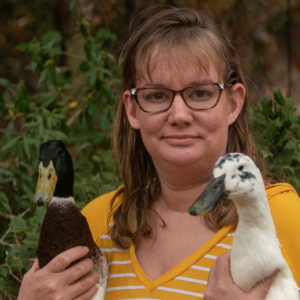
 Premier 1 Supplies Microgrant (NEW)
Premier 1 Supplies Microgrant (NEW)
- At Firefly Farms Christina Weger planted acreage in silvo pasture for their heritage breed ducks. She plans to purchase solar-powered electric poultynet fencing from Premier 1 Supplies to separate their seven breeds of endangered ducks, to keep them safe from predators, and to rotate them through the pastures more effectively. Better rotational practices will improve soil fertility on the farm.
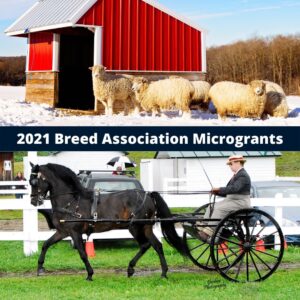
 Breed Association Microgrants (NEW)
Breed Association Microgrants (NEW)
- American Cotswold Records Association (ACRA) plans to improve communication and education, and to link owners of ACRA Cotswold sheep with those interested in the breed. They will use grant funds to revise the website and to publish a Flock Book that includes members, their stock, and Cotswold-specific information. This will help Cotswold fans and breeders to find breeding stock and other important genetic information.
- The goal of the Lippitt Morgan Preservation Project is to collect semen of stallions of several Lippitt Morgan bloodlines and store it with USDA for future preservation of the original Morgan horse. They plan to re-grant $500 each to four breeders to defray the cost of the training, collection, freezing, and shipment of their stallion’s semen to the USDA.
 Emergency Microgrants
Emergency Microgrants
- Eliseo Curley and Drake Mace received hay and feed courtesy of Standlee Western Forage to help their critically endangered flocks of Navajo-Churro sheep through severe drought in New Mexico.
- Shannon Hawkins received support to help collect semen of an aging Marsh Tacky stallion. The stallion is from a rare bloodline that would have been lost without collection to use in future breeding.
- Robin Collins received support to help feed her herd of 50 threatened Wilbur-Cruce line of Colonial Spanish horses during the drought in California.
The competitive Microgrant program was launched in 2018 and has now awarded more than $78,311 to small farmers and heritage breed stewards. Grant divisions now include National, Youth, Emergency, Breed Association, and sponsored grants such as this year’s Premier 1 Supplies Microgrant. The Livestock Conservancy is grateful for the private individuals, corporations, and organizations who have provided vitally important charitable funds to prevent extinctions and save genetic diversity.
The Livestock Conservancy is the leading umbrella organization for rare and endangered livestock and poultry breeds in the United States. More than 150 breeds such as Milking Devon cattle, Mulefoot hogs, and American Chinchilla rabbits currently appear on The Livestock Conservancy’s Conservation Priority List. Our annual rankings reflect known populations across the United States and around the world. Conservation of North American breeds is especially important as these are found nowhere else in the world.
If you would like to learn how to support heritage breed livestock, farmers, and organizations through a Livestock Conservancy Microgrant, please contact Karena Elliott by email at kelliott@livestockconservancy.org.
###
Photo credits: All photos are courtesy of the microgrant recipients.
###
Why is genetic diversity important?
Like all ecological systems, agriculture depends on genetic diversity to adapt to an ever-changing environment. Genetic diversity in domestic animals is revealed in distinct breeds, each with different characteristics and uses.
Traditional, historic breeds retain essential attributes for survival and self-sufficiency – fertility, foraging ability, longevity, maternal instincts and resistance to disease and parasites. As agriculture changes, this genetic diversity may be needed for a broad range of uses and opportunities. Once lost, genetic diversity is gone forever.
What Are Heritage Breeds?
Heritage breeds are traditional livestock breeds that were raised by our forefathers. These are the breeds of a bygone era, before industrial agriculture became a mainstream practice. These breeds were carefully selected and bred over time to develop traits that made them well-adapted to the local environment and they thrived under farming practices and cultural conditions that are very different from those found in modern agriculture.
Heritage animals once roamed America’s pastoral landscape, but today these breeds are in danger of extinction. Modern agriculture has changed, causing many of these breeds to fall out of favor. Heritage breeds store a wealth of genetic resources that are important for our future and the future of our agricultural food system.

